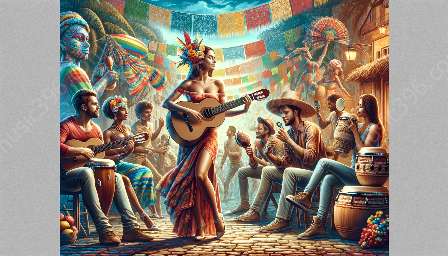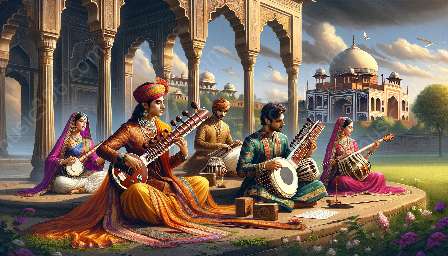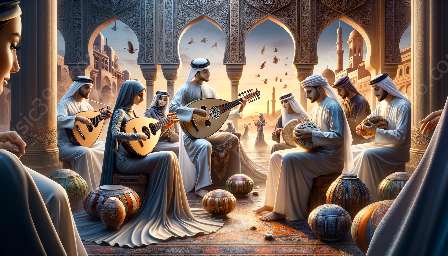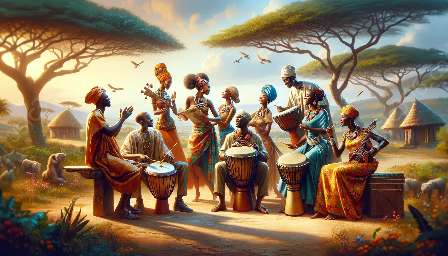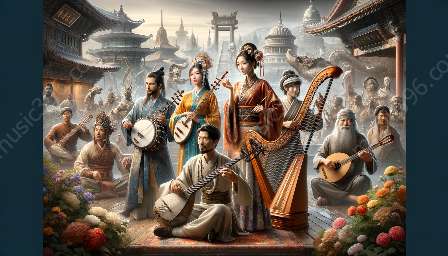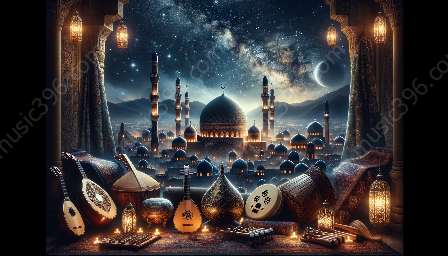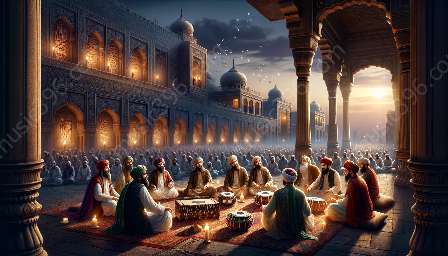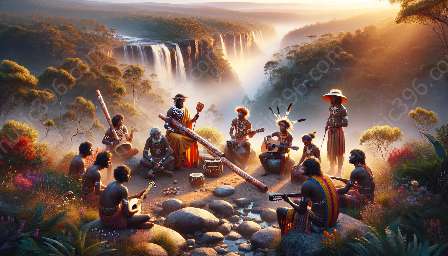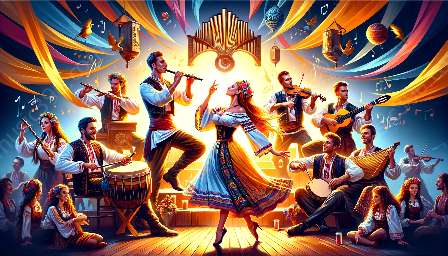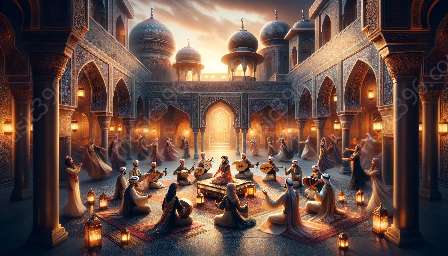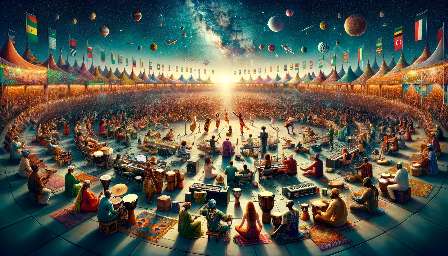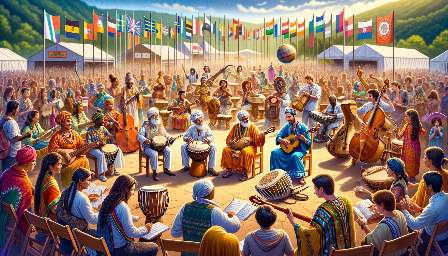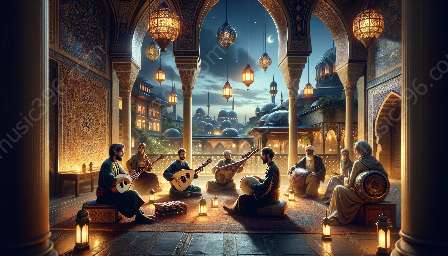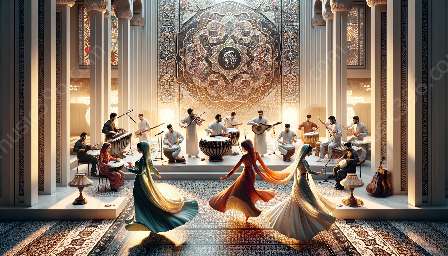South Asian music and dance forms have a deep-rooted connection that has shaped the cultural and artistic landscape of the region for centuries. In this topic cluster, we will explore the intricate relationship between South Asian music and dance, delving into the historical, cultural, and spiritual aspects that have influenced these art forms.
Introduction to South Asian Music and Dance
South Asian music and dance encompass an array of diverse styles, reflecting the rich heritage and traditions of the region. From classical forms such as Bharatanatyam, Kathak, Odissi, and Manipuri to folk and contemporary genres, South Asian music and dance capture the essence of the region's cultural diversity.
Historical Evolution and Cultural Significance
The historical evolution of South Asian music and dance is deeply intertwined with the region's religious and cultural practices. For example, classical Indian dance forms like Bharatanatyam are rooted in ancient temple rituals and were traditionally performed as offerings to deities. Similarly, the development of classical music, such as Hindustani and Carnatic music, has been influenced by the patronage of kings and emperors, as well as the teachings of revered musical scholars.
The cultural significance of South Asian music and dance extends beyond mere entertainment, encompassing spiritual, social, and emotional dimensions. These art forms serve as a medium for expressing devotion, storytelling, and celebrating life's diverse facets. Whether through the emotive expressions of a Kathak dancer or the intricate vocal improvisations in a Hindustani classical performance, South Asian music and dance communicate profound human experiences.
Rhythms and Melodic Embellishments
One of the defining features of South Asian music is its intricate rhythmic patterns and melodic embellishments. Traditional instruments such as the tabla, sitar, sarod, and veena, along with percussion instruments like the mridangam and pakhawaj, contribute to the rich tapestry of musical textures. The fluidity of the taans (melodic patterns) and the mesmerizing tala (rhythmic cycles) in Indian classical music showcase the deep connection between rhythm and melody in South Asian traditions.
Furthermore, the symbiotic relationship between music and dance is evident in the rhythmic footwork, intricate hand gestures, and expressive facial movements that form an integral part of South Asian dance forms. The synergy between the rhythmic intricacies of music and the grace of dance epitomizes the holistic nature of these art forms.
Global Influence and Adaptations
South Asian music and dance have transcended geographical boundaries, exerting a profound influence on global artistic expressions. The fusion of traditional South Asian elements with contemporary styles has led to the emergence of innovative genres, such as Bollywood music and dance. The vibrant and celebratory nature of Bollywood dance has captivated audiences worldwide, becoming a symbol of South Asian cultural identity on the international stage.
Moreover, the integration of South Asian musical instruments and vocal techniques into world music genres has enriched the global sonic palette. Collaborations between South Asian musicians and artists from diverse cultural backgrounds have given rise to captivating cross-cultural musical experiences, showcasing the universality of music and dance as forms of human expression.
Preservation and Revival Efforts
Amidst the modernization and globalization of music and dance, efforts to preserve and revive traditional South Asian art forms have become increasingly vital. Organizations, educational institutions, and artists are dedicated to safeguarding the authenticity and purity of classical music and dance, ensuring their continuity for future generations. Additionally, initiatives to document and disseminate knowledge about South Asian music and dance traditions play a crucial role in sustaining their legacy.
Conclusion
The intricate connections between South Asian music and dance forms epitomize the deeply intertwined nature of these artistic expressions. From their historical evolution and cultural significance to their rhythmic and melodic intricacies, South Asian music and dance continue to captivate and inspire audiences worldwide. As these art forms evolve and adapt in a global context, their profound influence on world music and dance remains a testament to the enduring legacy of South Asian cultural heritage.

